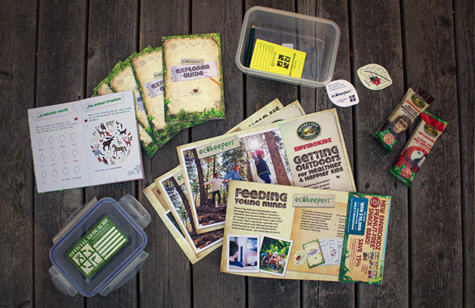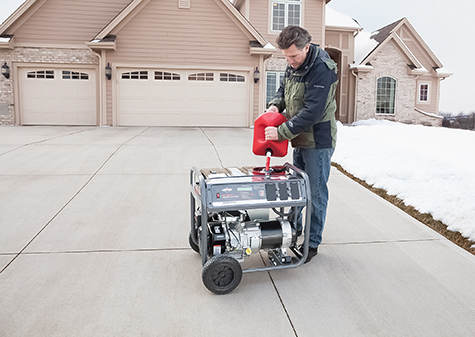
(Family Features) If a commitment to improving finances is among your resolutions for 2017, you’re not alone.
A survey from the National Endowment for Financial Education (NEFE) shows that more than two-thirds of U.S. adults will make a financial resolution this year.
However, one out of three Americans said their financial quality of life is worse than they expect, as saving money and debt concerns top the list of stressors. Additionally, almost two-thirds of respondents experienced a financial setback in 2016, with transportation issues, housing repairs and medical care cited as the leading causes. For the nearly 50 percent of those who admit they’re living paycheck to paycheck, significant unplanned expenses can add up.
“To be successful with your financial resolutions in 2017, set thoughtful, realistic goals,” said Paul Golden, spokesperson for NEFE. “If your goal is to build an emergency savings, start with a small amount like $500 dollars to show yourself you actually can achieve that mark then set the bar higher. It’s not uncommon to be hit with an unexpected expense, so be prepared.”
These five tips can help get you on the path toward tackling your financial goals:
1. Get debt under control. Take a hard look at what you owe. If there are warning signs of too much debt, take action. Set a goal to reduce your debt next year by 5-10 percent. That might mean reducing impulse shopping, which six out of 10 people admit to doing, and 80 percent regret the purchases later. When you face temptation, walk away for at least 30 minutes to make sure you still want the item.
2. Start saving now. Ideally, you should have six to nine months of income set aside, but achieving a small goal can provide a sense of security and reduce stress. The rules of retirement have changed: Review your long-term savings and ensure they are appropriate and on target.
3. Shop for better services. Make a game out of shopping providers to find the best value in the services you use. How long has it been since you shopped your insurance policies? Is there any chance you can save money on your cell phone, internet or utilities? Visit current providers and ask, “What’s the best deal?” Be sure to understand your policies and services so that you are comparing fairly and accurately.
4. Understand what’s behind your financial decisions. If you’ve ever wondered why you feel good about spending money on vacations but avoid saving for retirement, the answer may lie in your unique values and how they influence your financial decision-making. Take the LifeValues Quiz at SmartAboutMoney.org.
5. Don’t be afraid to ask for help. Recruit a “financial buddy” and share your resolutions with a trusted family member or friend who can provide support in helping you meet your financial goals. Find someone who will hold you accountable and set a good example for you to follow.
For more help getting your finances in order, visit SmartAboutMoney.org.
Photo courtesy of Getty Images
SOURCE:National Endowment for Financial Education



